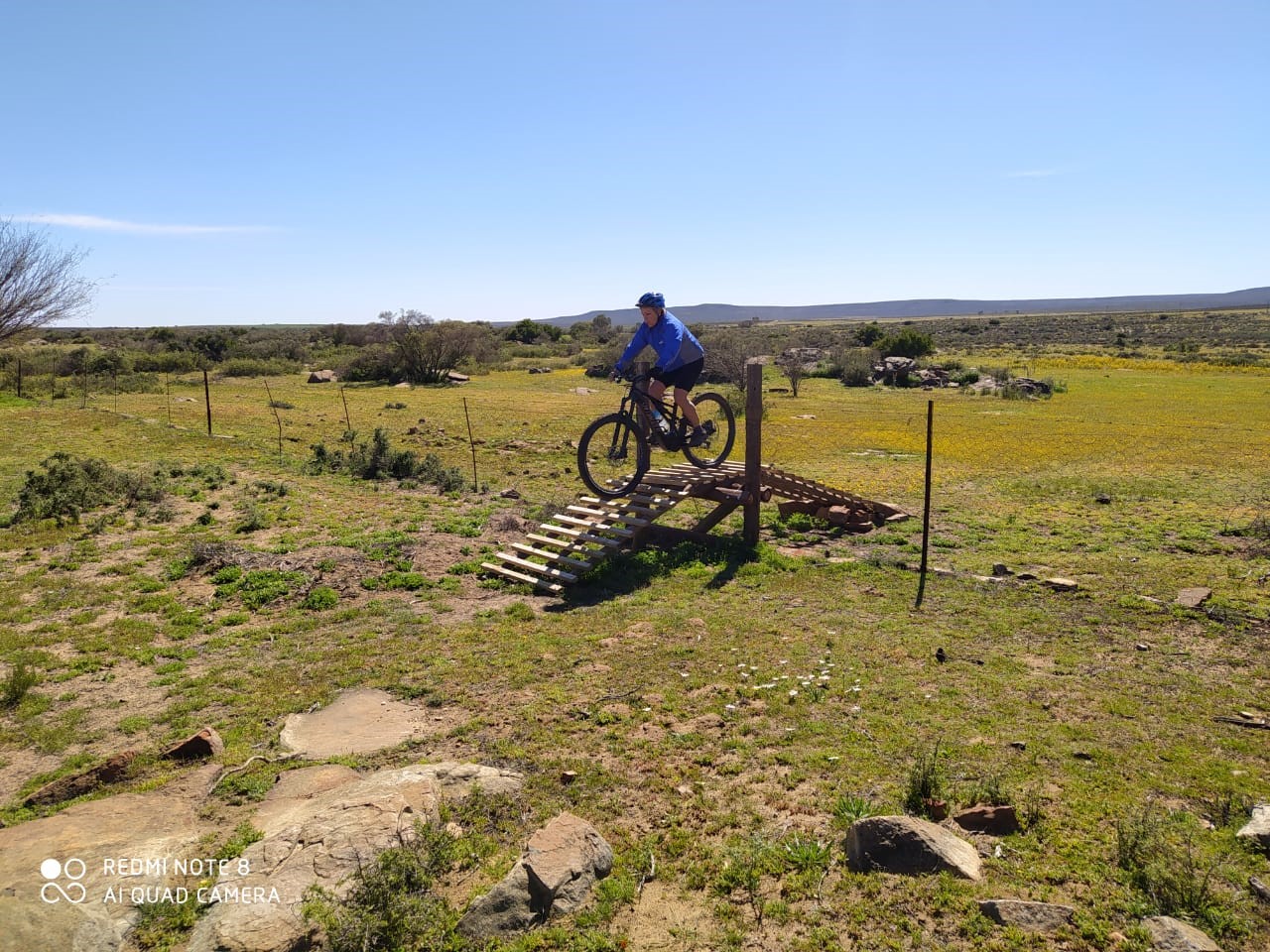

In South Arica we are fortunate to have a very progressive legislative programme for conservation on private land. The Biodiversity Stewardship framework allows for the voluntary declaration of private lands into the protected areas network following a clearly defined process. As the process is well established, it is relatively easy to implement it and commitments are well understood. However, governmental conservation agencies have constraints on their capacity and rely on NGOs such as the EWT, to facilitate the process of identifying suitable properties, engaging with willing farmers and/or landowners, and developing the associated tools such as the farm management plan and annual plans of operation.
Landowners sign an agreement with the provincial conservation authorities formalising the declaration into the title deed of the property. This framework largely results in a win-win as biodiversity is conserved, the country is better able to meet its conservation goals in terms of multi-lateral agreements, and the farmer has a more sustainable farming operation to support his livelihood. Subsidiary benefits can be accrued to local communities through entrepreneurship opportunities. To pursue our conservation exchange, we merged this framework with other agreements between the farmer and the EWT.
- The NGO has funds and resources on the ground to engage with farmers / landowners.
- A good understanding by the landowner of exactly what they are committing to and the long-term expectations they need to meet. This should be based on clearly defined contractual terms.
- Landowner willingness to participate in the Biodiversity Stewardship Programme.
- Willingness to change farming practices.
- Ability of NGOs such as the Endangered Wildlife Trust to support the farmer over the longer term.
- Good relationships with local members of the provincial government.
- A contractual framework is important as it clearly defines what is expected. Keep contracts short and to the point – the focus must be more on roles and responsibilities than about legal enforceability.
- It can take time to have property declared under the Biodiversity Stewardship Programme due to departmental signoff processes. It is, therefore, important to ensure that the farmers understand the delays and where the process is at.
- Rather than focus on the Biodiversity Stewardship process, focus on enabling the framework around improved management and the necessary support to get there.